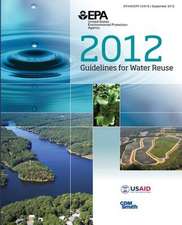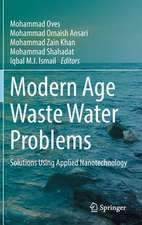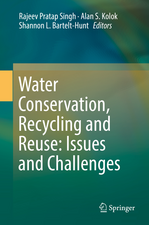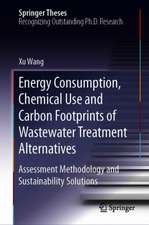Case Studies of Modified Treatment Practices for Disinfection By-Product Control: Awwarf Report S
Autor S. Krasneren Limba Engleză Paperback – 13 apr 2004
Preț: 958.59 lei
Preț vechi: 1244.91 lei
-23% Nou
Puncte Express: 1438
Preț estimativ în valută:
183.45€ • 199.20$ • 154.10£
183.45€ • 199.20$ • 154.10£
Carte tipărită la comandă
Livrare economică 18-24 aprilie
Preluare comenzi: 021 569.72.76
Specificații
ISBN-13: 9781843398547
ISBN-10: 1843398540
Pagini: 414
Dimensiuni: 210 x 276 x 23 mm
Greutate: 0.93 kg
Editura: IWA Publishing (Intl Water Assoc)
Seria Awwarf Report S
Locul publicării:United Kingdom
ISBN-10: 1843398540
Pagini: 414
Dimensiuni: 210 x 276 x 23 mm
Greutate: 0.93 kg
Editura: IWA Publishing (Intl Water Assoc)
Seria Awwarf Report S
Locul publicării:United Kingdom














